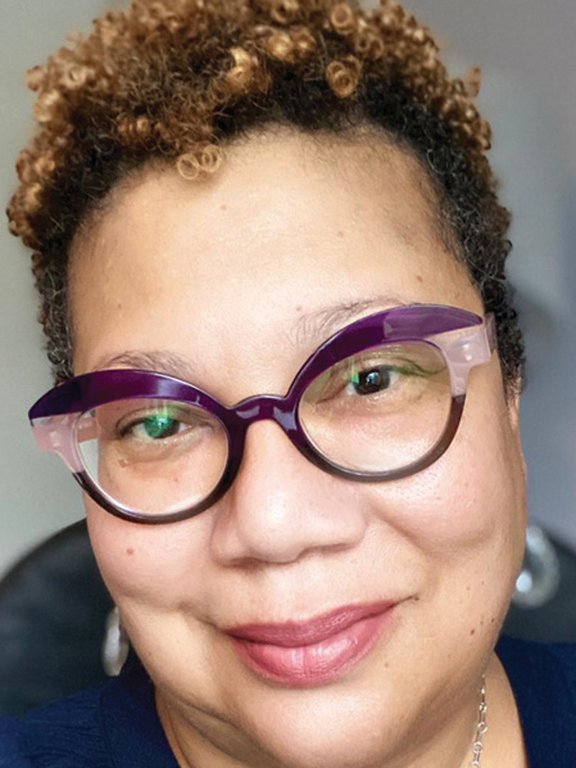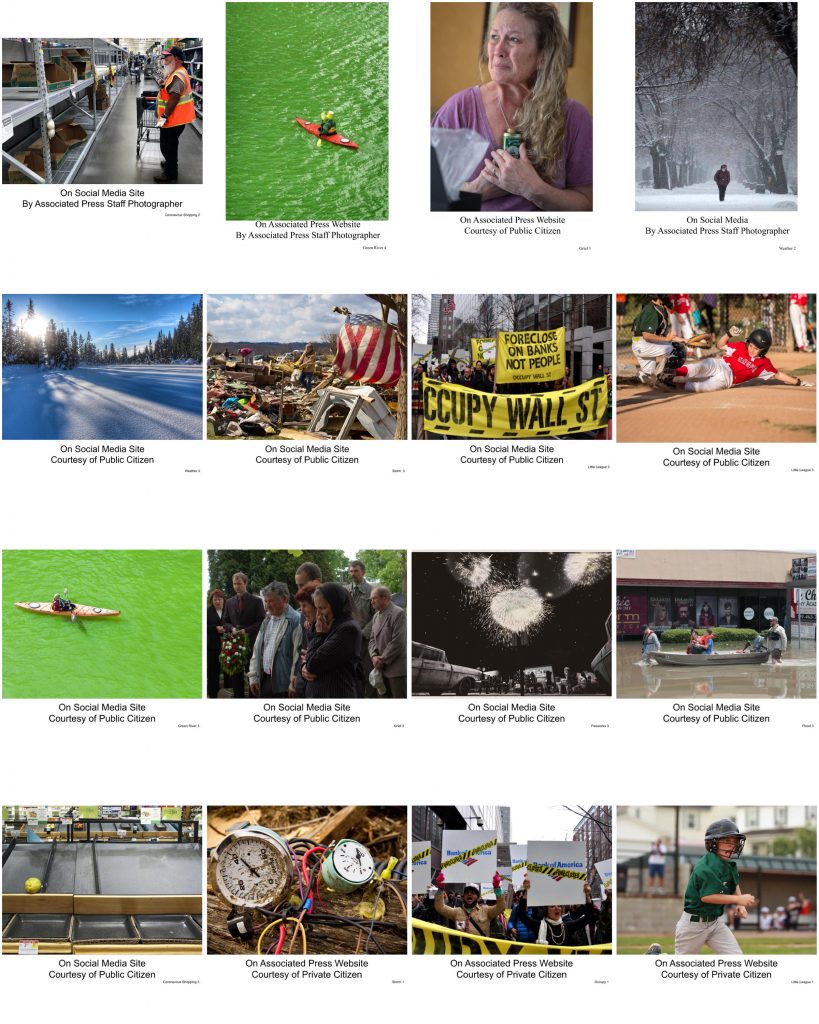Dissertation Dive: Do People Trust Photojournalism or User Generated Content More?
Emerson faculty’s expertise and interests are as varied as the students they teach. This is one article in a series about faculty and staff dissertations. The conversation has been abridged.

Name: Gina Gayle
Emerson role: Assistant Professor, Journalism
Dissertation title: The Perceived Credibility of Professional Photojournalism Compared to User-Generated Content Among American News Media Audiences
Degree and university: Mass Communications, S.I. Newhouse School of Public Communications at Syracuse University, 2020
Why did you want to write about this topic for your dissertation?
I’m a former newspaper photojournalist. I was dismayed with what was happening in the industry, not just to news, but to photojournalism in particular. And when the digital media disruption happened, there were some visual media companies that shut down their entire photo departments to save money. They decided to use user-generated content (UGC), or give other journalists who are not visual-first iPhones or cameras and have them do those jobs. I really wanted to see if the audience appreciated professional photojournalism and the credibility that comes with a professional. That was the starting-off point, and then I want to share this info with media managers, organizations, and the professionals who do the hiring.
I discovered in setting up this study using Q Methodology, and due to COVID, I wasn’t as engaged with participants as I would be normally. In a perfect Q study, you’re doing it in person and you can ask follow-up questions right then. This was online, so I had to follow up with questions. ‘Why did you find professional photojournalists are credible?’ In a real Q study, you’re right there with focus groups and in-depth interviews. They are Q sorting, arranging different items according to their subjective thoughts.
I had different photographs from flickr, and the Associated Press’ picture bank. It had to be the same image, roughly, and I labeled them [as] being on social media or being on a professional website, and also whether they were taken by a professional photographer or user-generated. I did hard and soft news, breaking news, crime, and disaster.

What we found overwhelmingly is the hard news photographs by professionals were more credible. For soft news – whether lifestyle, sports –it didn’t matter if it was user-generated or professional. What they said in statements is that they didn’t make the distinction. It was just that, ‘Yeah, I believe this photo more because it’s a slice of life.’
I’m going to continue the study, but just hard news photographs with designations of user-generated content and professional photojournalism. Then do soft news with images and no captions.
Everyone has access to digital technology now. People didn’t have quick access to cameras, and digital made it become more accessible, then the smart phone came out, and everybody has it. With budget cuts, companies are finding ways to save money, and so they say, ‘We’ll just use free stuff,’ and people don’t know they should be getting paid for their photos.
It’s not that we can’t find a way to use user-generated content, it’s that one doesn’t displace the other. If you’ve cut the budget that much, and you don’t have bureaus in certain places and are not sending people to certain places, regardless of budget, no one can predict real breaking news is going to happen. We can’t be in every place. However, [most] people who get to breaking news are not trained professionals and do what we do as journalists. We can’t expect them to cover everything. We can’t expect us to be everywhere. There is room for user-generated content, it’s just not everything.
There might not be as many staff photographer positions, but some are coming back. I think also with our current situation with the pandemic, there have been some studies that local news has made a resurgence because so many are interested in what is actually happening in their locale. We’re thinking globally, but want to know if our local community [has a high positive test rate], and if there is an uptick in my children’s school. Should we ride public transportation in the Boston area? It’s become more local.
News media needs to take advantage of it and come back. Especially because the part about soft news, people really want to see themselves and connect with people like them. When I would go out for community newspapers and cover community events, people were so happy a photographer and journalist were covering their business. We lost that, and this research will tell if you treat the audience well and represent them well, then they will stick with you.
Categories